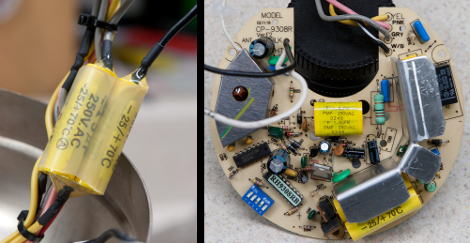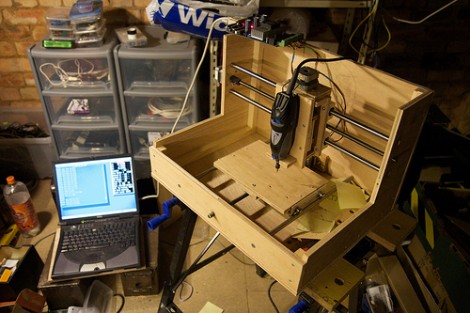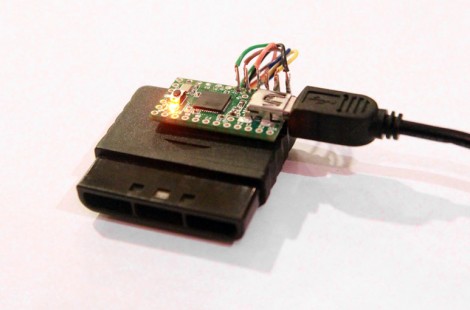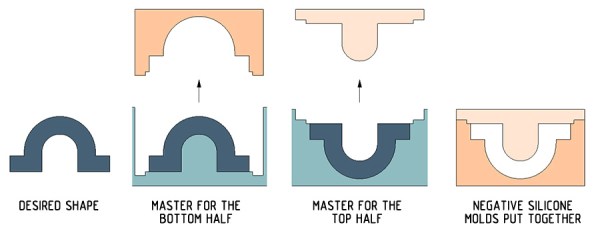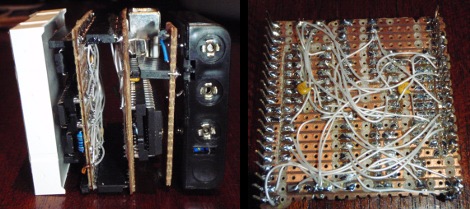
We hope you’ve already got parts on hand for your holiday projects because shipping might be a little slow at this time of year. But if you’ve got a bag and some unused EL wire here’s a one-day project you should try. Make yourself a Tron-inspired shoulder bag, or backpack.
On the right, [PT] is doing fantastic job of modeling with his electroluminescent offering. This is another Adafruit offering that holds your hand each step of the way from designing, to sewing, to wiring it up. This will go great with that glowing unitard he’s been working on.
[Alan Yates] has also done a spectacular job with his Tron backpack seen on the left. He picked up his EL wire on clearance at a place called “big-W” after Christmas last year. They were selling 3 meter segments (each with their own inverter) for just $3. We’re happy he got a deal and even more pleased that he found a use for it.
[Thanks Drone]


